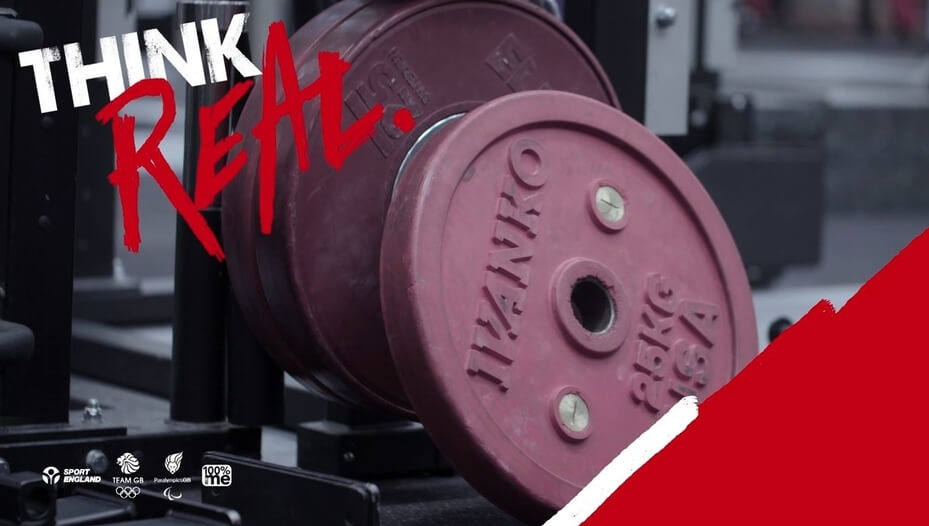KEY INFORMATION
Recommended age group: 14–16. It will also support students involved in sports club/sports training programmes.
Time required: approx. 60 minutes and cooking time.
Equipment: team activity sheets from the presentation: food scenarios and cards, food influencers, meal planner and meal challenge cards, fridge checklist (to take home) and pledge sheet; ingredients and cooking facilities (if preparing meals on-site).
ACTIVITY IDEA
Warm up
- Place the five scenarios and the ‘save it for another time’ cards around the space.
- Hand each student a ‘Choose a fuel’ activity sheet.
- Give students a time limit (e.g. 3 minutes) to walk / run and allocate their foods to the best-match scenarios, writing the scenario number next to the chosen foods within a given time. Explain that they might feel some of the foods are not well-suited to any scenario, in which case they should ‘save it for another time’.
- Briefly discuss their decisions: why did they choose those foods for that scenario?
- Alternative: play as a relay in teams of five, with one team member selecting the foods for each different scenario, or cut out the foods to use as activity cards, with students selecting a food one at a time and walking/ running to place it on the best scenario or ‘save it for another time’ at the team station. Make it competitive by colour-coding the cards to see which team makes the most ‘healthy’ choices.
Explore
- Ask the students to watch the film and discuss the choices they see.
- Working individually or in pairs, ask the students to complete the food influencer matrix, identifying the ‘supports’ and ‘limits’ that influence their food choices.
- Ask the students to identify the most strongest limiting influencer in their lives and work with a partner to turn find a way to turn this limit into a positive boost.
Challenge
- Working in groups, ask the students to plan and prepare a meal for their sports team.
- For an additional challenge, give each group a ‘team update’ card after 5–10 minutes of planning. These cards should promote creative thinking, and help students understand that you can still produce a healthy meal in various situations and to meet various needs.
- Allow the students to make the meals. Where appropriate, encourage the students to shop for the ingredients so they learn to make healthy food choices within a budget.
- Afterwards, discuss what they learned about nutrition for sport and identify what went well regarding their team meals and potential improvements.
Cool down
- Use the slide to reinforce and summarise the key learnings about nutrition in life and sport. Emphasise the message of ‘food first’ – in sport and life.
- Ask the students to create their personal nutrition pledge, followed by a group discussion to identify team goals and ways to spread healthy nutrition ideas in the school/sports club.
EXTENSION
Encourage the students to take the fridge checklist home and post it in the kitchen to help them to make healthy food choices on a daily basis.
MAKE IT ACTIVE
Ideas for active learning are included throughout the resource. Adapt as required to suit your class and learning environment.

